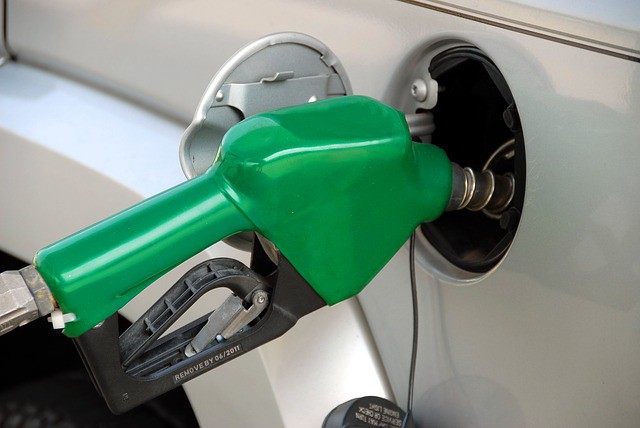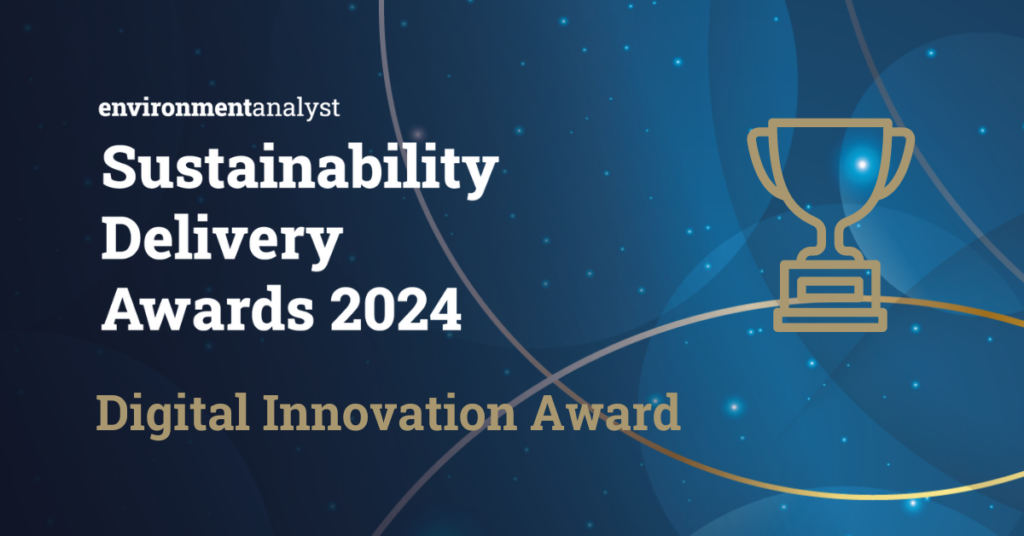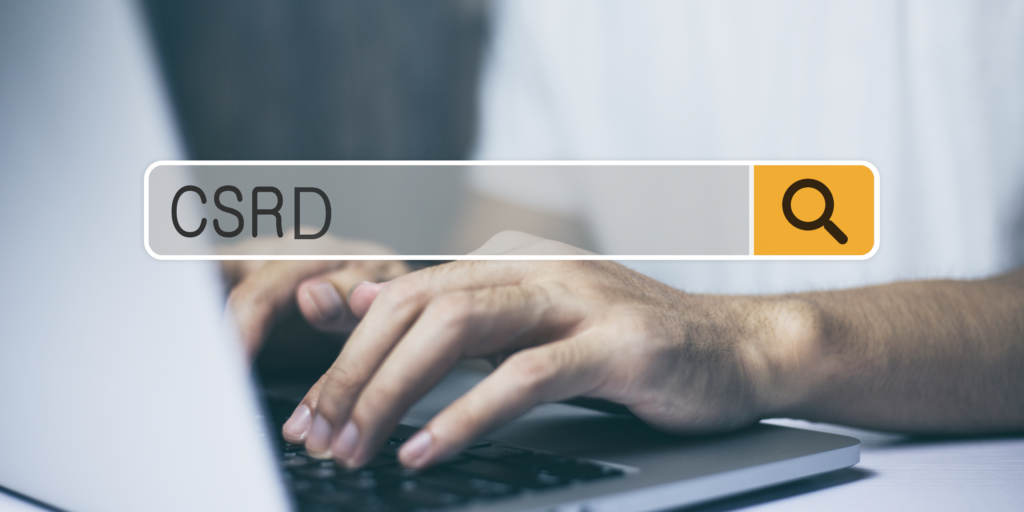“Symmetry demands an actual + virtual future, too. We imagine how next week, next year or 2225 will shape up — a virtual future, constructed by wishes, prophecies + daydreams. This virtual future may influence the actual future, as in a self-fulfilling prophecy, but the actual future will eclipse our virtual one as surely as tomorrow eclipses today. Like Utopia, the actual future + the actual past exist only in the hazy distance, where they are no good to anyone.” – David Mitchell, Cloud Atlas
How many ways do we try to understand our future and the risks or opportunities connected to it? When analyzing risks and its effect we often assume we did everything to reduce the risks based on our current knowledge. But do we know for a fact that the risks are reduced? Are we able to act on this information? What is our risk tolerance? In occupational health and safety we usually have a number for some cases of acceptable risk tolerance: If a person has lifetime exposure to carcinogenic substances the likelihood of developing cancer is one to a million (Ref: WHO). Meaning that for the European Union a substance is not carcinogenic if “only” 510 people die of it during their lifetime, 4.9 people in 2014 (EU stat.). If we look at it from a macro level, we would say from 510 million this is not an issue, (more people die from many other issues, let’s focus on that!), but on a micro level, if one of our loved ones would be one of those people we would disagree.The other problem is we have thousand of chemicals affecting our health and if we add them together the results are staggering, and we did not even calculate the cummulative effects of the different chemicals.
The world is full of risks, which provide us challenges and help us develop our personality and abilities, but I believe there are risk elements where we could do better. Let’s assume we can calculate the risks of environmental pollution and we define a similar value for them (which companies call environmental risk assessment). Let us do the experiment with 2 examples:
- Oil spill on a petrol station
- Reactor meltdown
On a petrol station oil spills are everyday business, when we fill our cars with petrol little drops are happening all the time. Is this a risk? One little drop of petrol, what damage could that do? But there are thousands of cars filled, so at an old petrol station the soil is contaminated sometimes polluting the ground water — here we have a low impact risk that happens constantly. The cost to remediate such a station goes into the millions of Euros. What did the stations and the legislators do? Let’s see how the official text goes:
“ The Petroleum Enforcement Authority must be satisfied that the containment system for petrol at dispensing premises may reasonably be used to store petrol without creating an unacceptable risk to the health and safety of any person’ before granting a storage certificate.”
Petroleum (Consolidation) Regulations 2014

They found out that on the concrete the oil spill is not a big problem as long as it stays there, but with rain and water this can be washed into the soil, so they have to collect all excess water coming from the station and put it into a oil separators before letting it go into the sewage system. With this most of the oil spill can be saved. Until we got to this point probably millions of petrol stations have contaminated soil underneath them, but for long time this was an acceptable risk due to missing technology and awareness.
Our second example is of the reactor meltdown. Everyone knows since Chernobil or recently Fukushima that a reactor meltdown can be a risk anytime — meaning it can really happen. There are many other accidents we are not so aware of (Wikipedia). The costs to remediate this kind of damage are going into the Billions in Euro. Currently Chernobyl has a huge sarcofag of cement protecting us from the damage, but it is a temporary solution. in Fukushima they are still looking at ways to deal with the damage 6 years after the catastrophe. We have similar calculations for radiation as the carcinogenic factor above, where we measure the exposure of employees and define the value. The problem is that we assume usually the standard way of things. The first news calculating the effects of the Chernobyl catastrophe where only about the 30 people who directly died, but a 2005 study estimates the death related to radiation to 4000 (USA Today). Currently an international effort invested in Chernobyl 2.15 billion USD in a new safe confinement and for Fukushima the current estimated costs of cleanup are around 188 billion USD. Is this still acceptable? Do we trust us to say that such a thing could never ever happen? No terrorist is getting close to such site? No natural catastrophe could break the safety system in place? In the EU we have the precautionary principle for environmental issues, which states that if there is scientific concensus of the risks associated to the action/effect and this risk is acceptable then it is permittable— but do we really know these risks? I understand that if we want to eliminate all environmental risks our society would collapse, as we are lacking the materials, energy and knowledge how to replace the current systems. But both cases are still risks — acceptable or not, that is for us to decide.
I recently talked with a friend couple of weeks ago about the Industry 4.0 revolution happening now, where we assume that the automation will reach a level, where the labor of many people could be automated and that people will be unemployed and will create a social catastophe in many countries. I tend to disagree with this theory — I do not think that could happen as with automation we will have much more goods and services for a lower price (of course the environmental impact of producing more even if connecting it to the cradle to cradle thinking opens up other questions which might be another article), so what could these people do? First of all we would finally have enough people teaching our children, caring for our elderly and ill. On the other hand we would also have the capacity to spend more resources on research to find better and less risky ways to produce energy. And finally have the time to talk to each other, to create a better future for ourselfes.
Coming back to the quote at the beginning, we are what we create and we do with the assumption of what could happen. Let us be more realistic about our risks and invest more in our future. What are your thoughts on this topic?
Written by Robert Szücs-Winkler
This article was originally published on Medium.com: https://medium.com/@robert.szucs82/our-future-from-a-risk-tolerance-point-of-view-a6b49f97b26f







